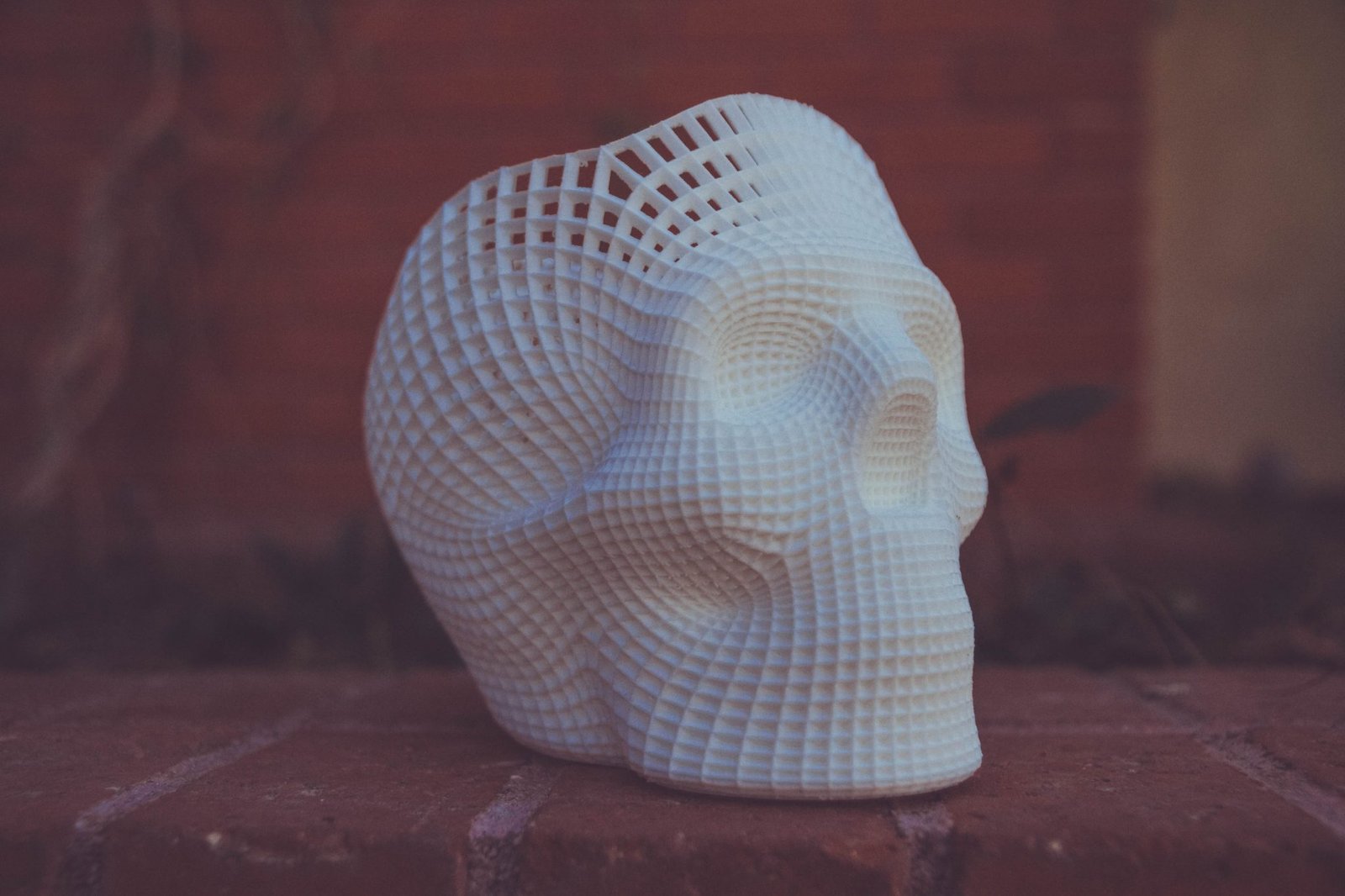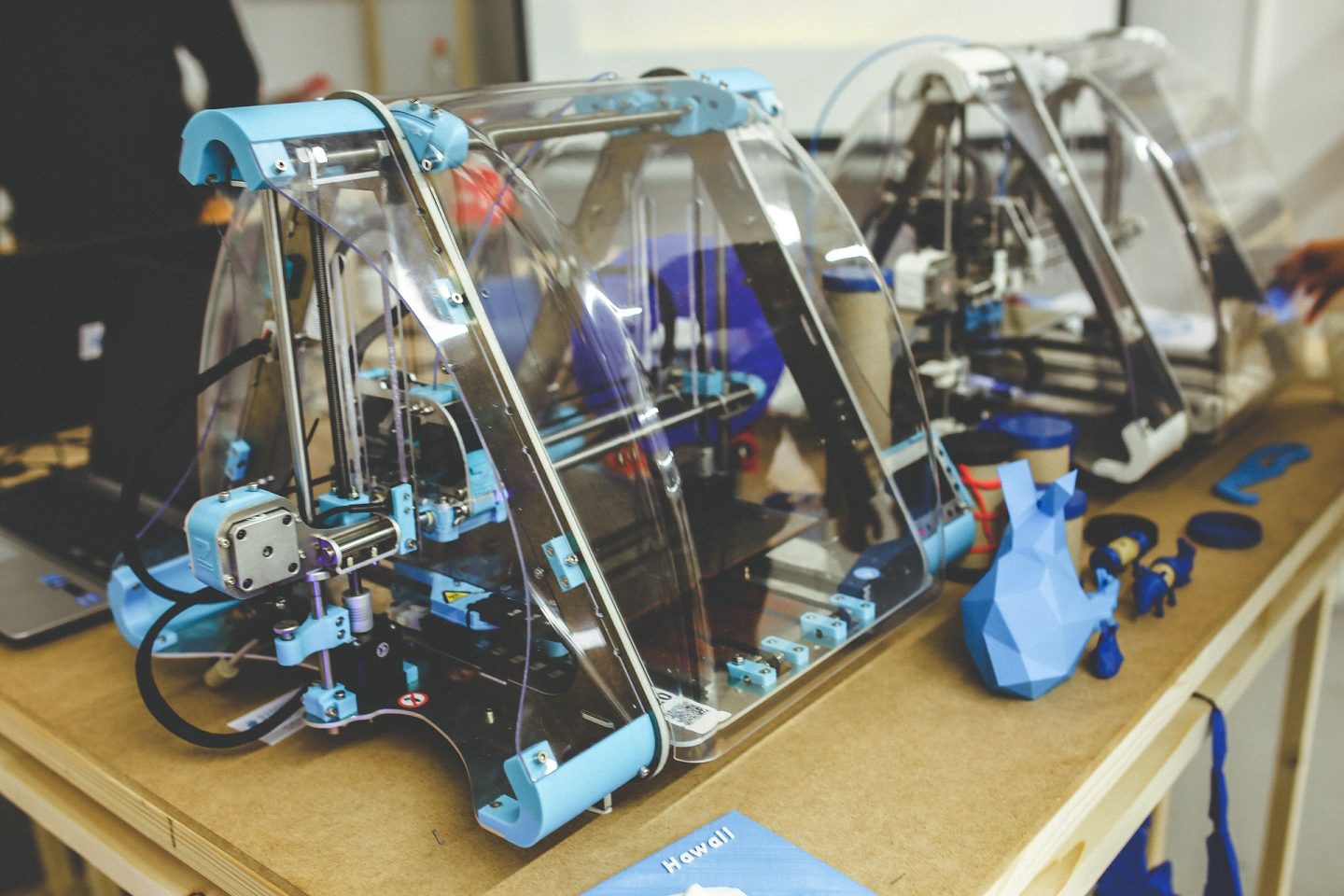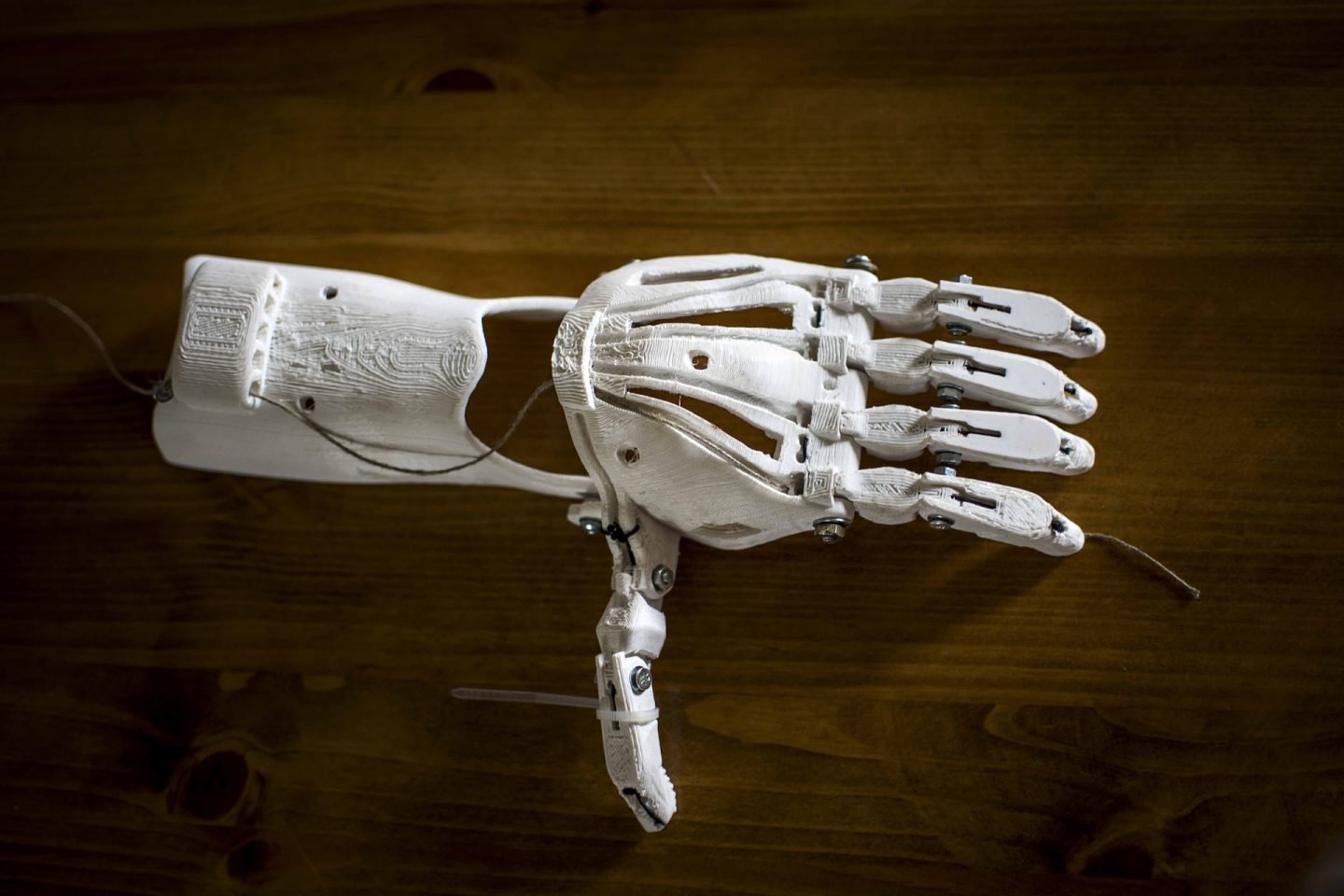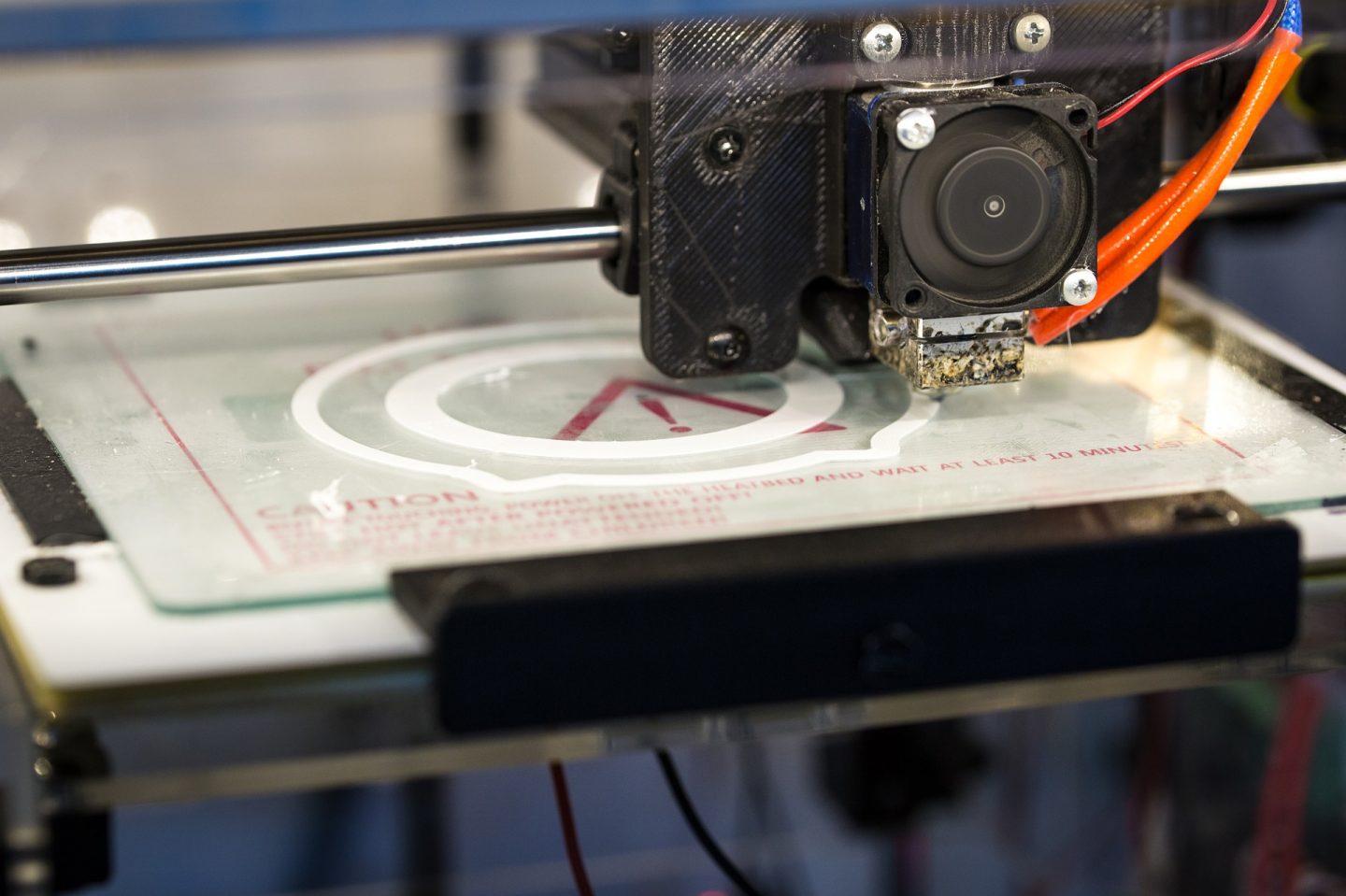
3D Printing To Become Standard Part Of Healthcare Portfolio
3D printing in healthcare could be as disruptive to the healthcare sector as the Internet has been to the retail sector, and will become a standard part of the healthcare portfolio, according to leading data and analytics company GlobalData.
In particular, medical device manufacturers can use 3D printing to overcome limitations of traditional methods by prototyping and direct part manufacturing in small batches.
A study conducted for Disruptor Tech’s database revealed that 3D printing can revolutionize the supply chain by closing gaps between sourcing, production and distribution.
The technology can directly create “clinical trial ready” devices, doing away the need for expensive tooling of computer numerically controlled (CNC) and computer-aided manufacturing (CAM), as in the conventional process.
“What sets apart 3D printing from other methods is unmatched customization with high accuracy, its ability to test multiple configurations and create a patient-specific device more accurately,” Bonnie Bain, PhD, Global Head of Pharma at GlobalData said.
3D printers can dramatically reduce the cost of custom-made medical devices, including hearing aids, dental implants, hip replacements or artificial limbs.
But their use in healthcare aren’t limited to medical devices. A 3D-printed drug to treat epilepsy has been approved by the U.S. Food and Drug Administration. Impressive work is being carried out in tissue engineering and bioprinting of organs.
Recently, researchers have 3D printed the most sophisticated artificial cornea ever. A prototype for a 3D bioprinter to create completely functional human skin has been presented by scientists. In the future, the aim is to create replacement organs for humans such as hearts and livers.
“Despite health and safety regulations as main barriers, the prospects of 3D printing remain positive and the market is gaining momentum,” Bain adds. “While small-and-medium-sized healthcare companies have already realized the importance of 3D printing, industry leaders have started blazing trails in collaborations.”
Though already used in healthcare, 3D printing is still largely seen as a novelty. However, according to Bain, over the next 12 to 24 months, 3D printed implants will complete the first stages of clinical trials, and the scene will be set for 3D printing to become a standard part of the healthcare portfolio.
Disruptor Technology Database decodes emerging tech-enabled opportunities with must-have information on promising start-ups, technology led innovations, latest sector trends, consumer insights, and venture capital portfolio investments. GlobalData’s mission is to help its clients decode the future to be more successful and innovative across a range of industries, including in healthcare, consumer, retail, financial, technology and professional services sectors.










